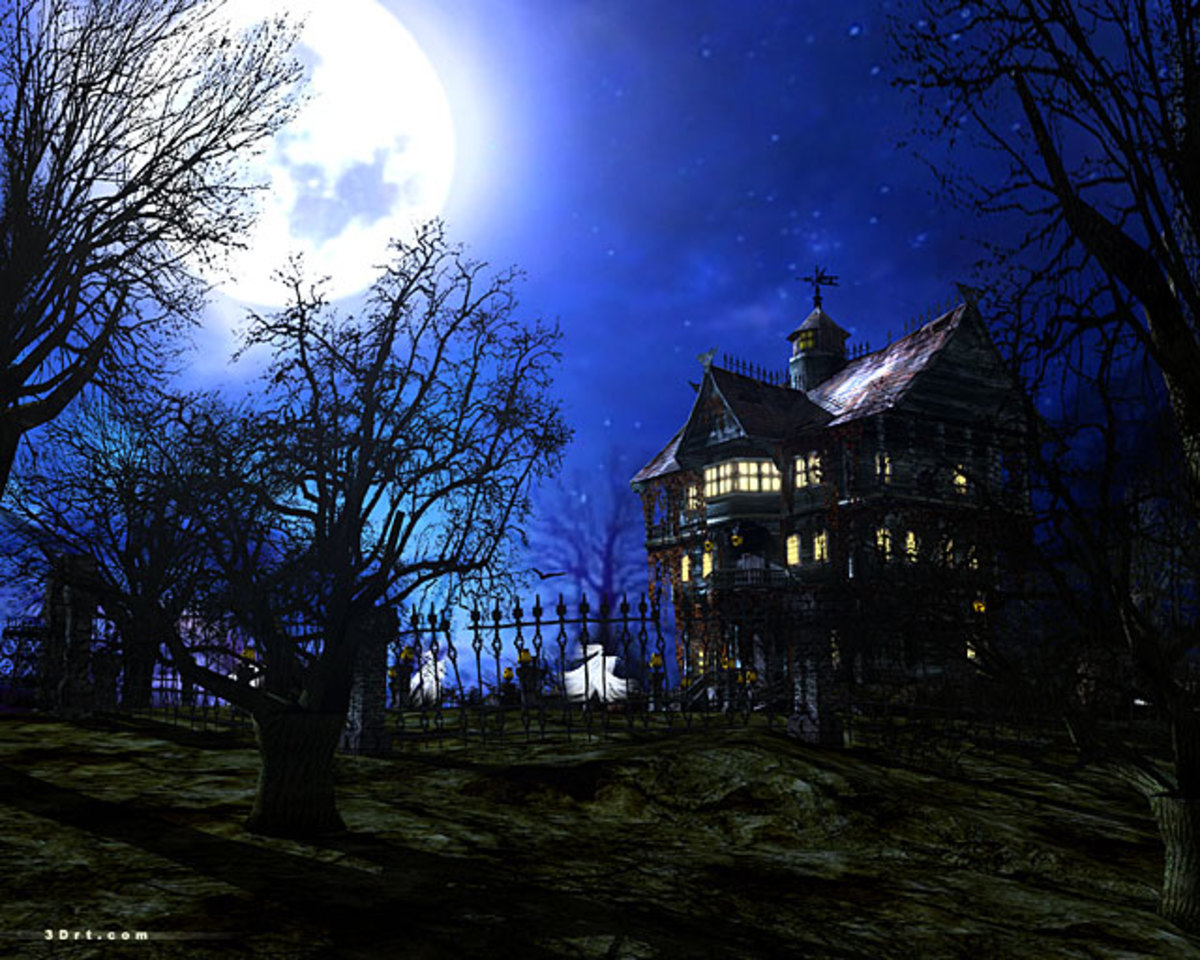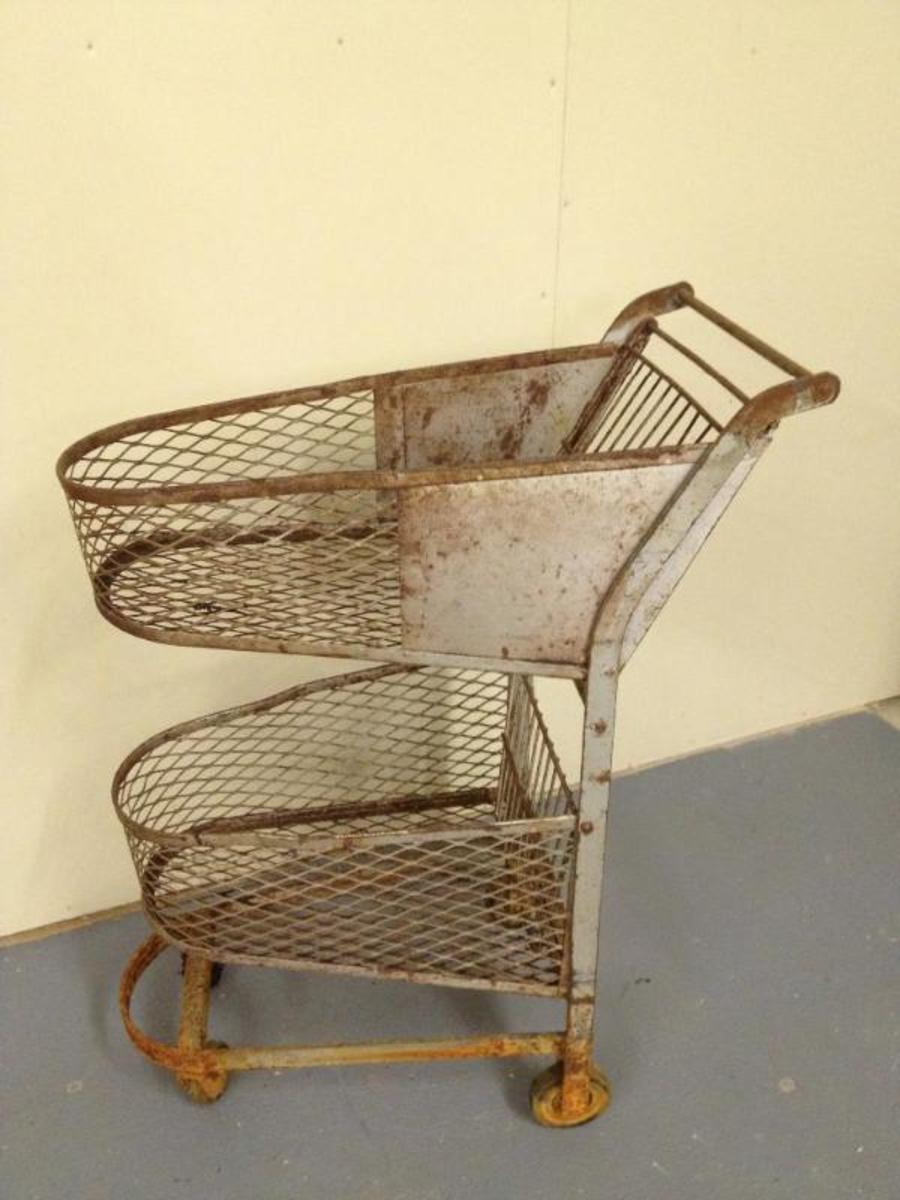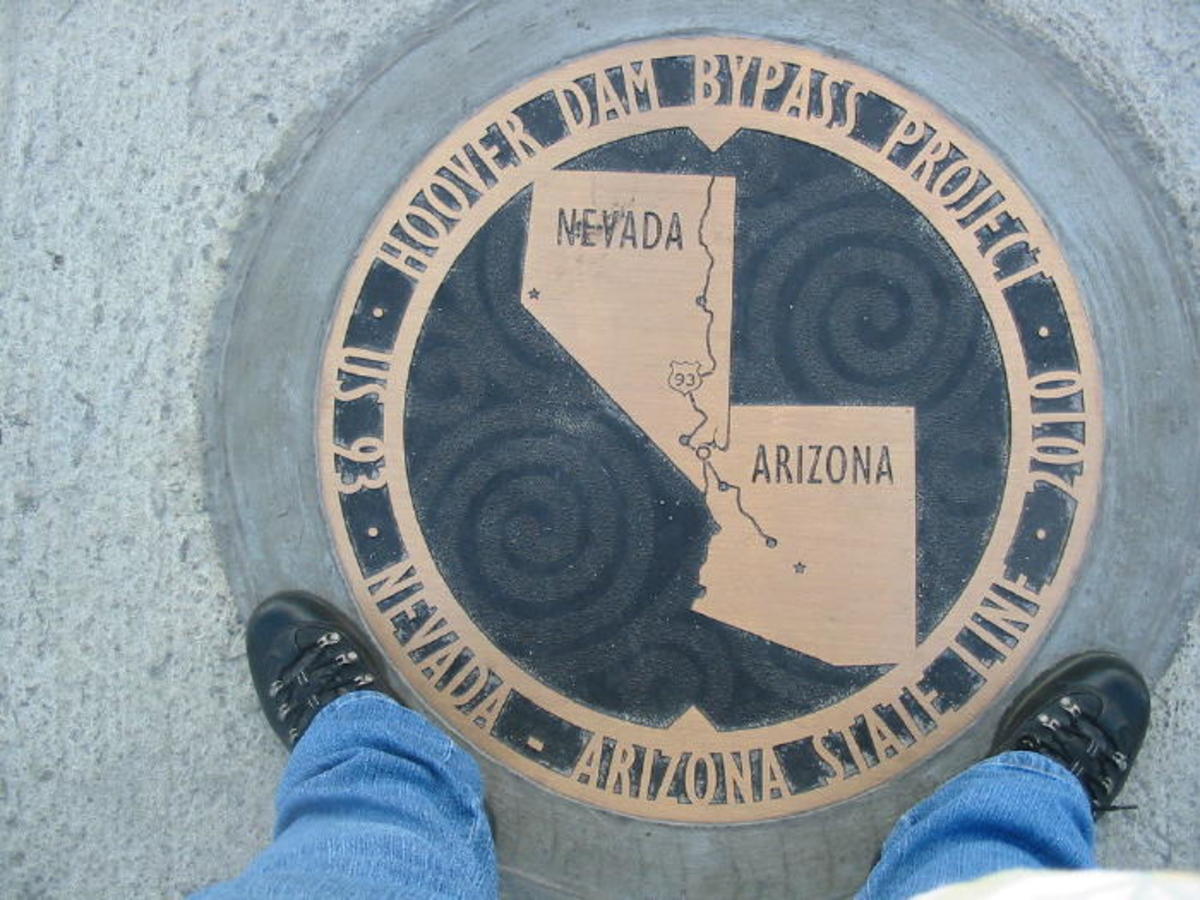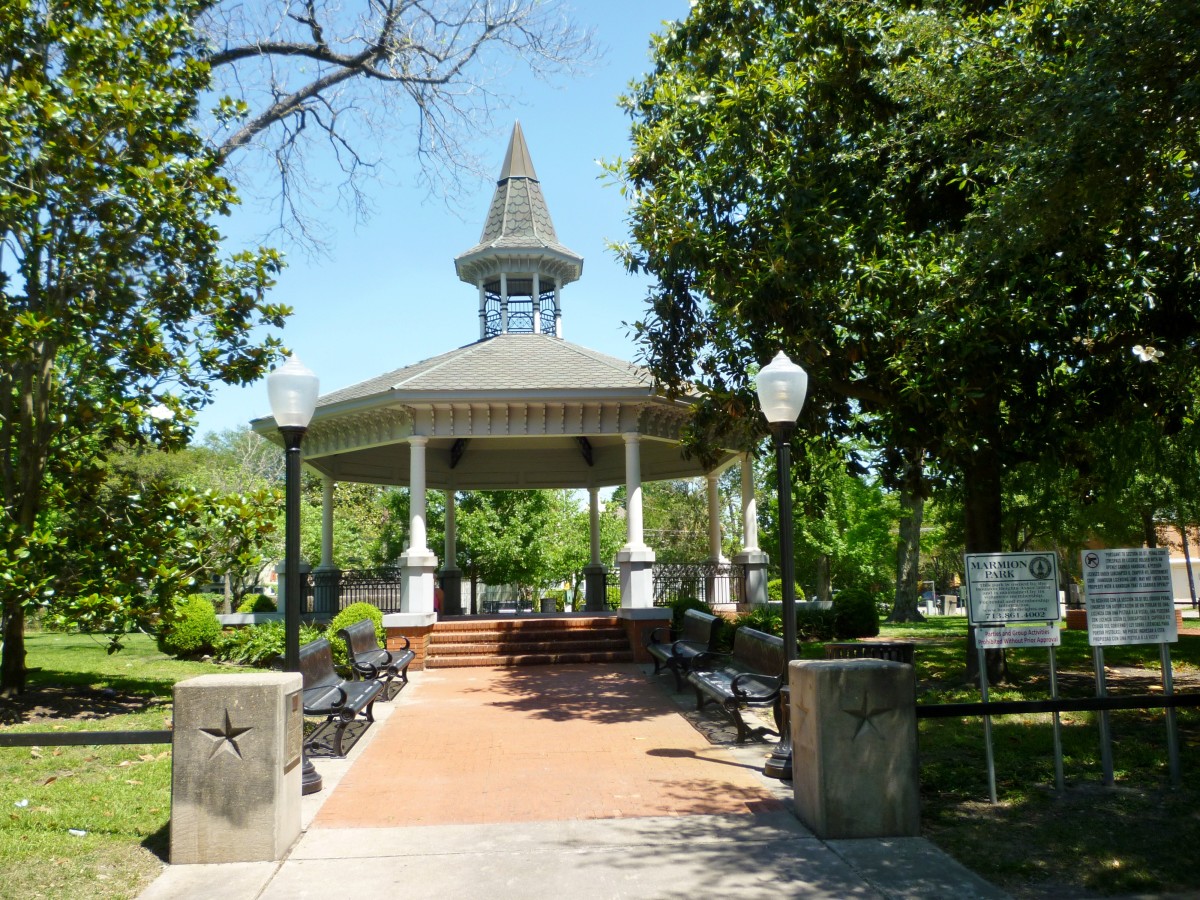Historic Cobblestone Buildings of New York State

Cobblestones are small rocks that can fit in the palm of your hand. Pioneers to western New York State found the cobblestones, which had been brought by glaciers, along the shores of Lake Ontario or in the fields they tried to plow. They used them to build their homes, schools, churches, smokehouses, etc. 90% of all cobblestone buildings in the United State are found within a 65 mile radius of Rochester, New York.
Cobblestone Links
- Cobblestone Quest Guidebook
"Cobblestone Quest - Road Tours of New York's Historic Buildings" 17 self-guided car or bicycle tours for learning the history and observing the diversity of unique cobblestone buildings in Western New York State. Now available as a pdf e-book at htt - Cobblestone Restaurant
The Cobblestone Restaurant in Geneva, NY - Maxwell Creek Inn
Maxwell Creek Inn is a cobblestone B&B in Sodus, NY. - Peppermint Cottage
The Peppermint Cottage and Jackson Schoolhouse is a cobblestone B&B in Lyons, NY - Cobblestone Society Museum
The Cobblestone Society Museum in Albion, NY - Landmark Society
The Landmark Society of Western new York in Rochester, NY.
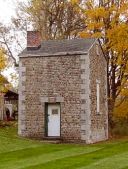
Time Traveler to New York's Cobblestone Country
I sit in the plush dining area of the Cobblestone Restaurant enjoying a fastidiously prepared meal. But, my mind wanders from the present. My gaze is fixed on the deep window well and recessed windows with wavy patterns in the glass. I’m not a 21st century woman. I’m a pioneer to the wilds of upstate New York.
My husband and I traveled by ox cart over muddy, rutted roads from Connecticut to build a farm in the frontier. Our land was covered in dense forest so our first task was to fell the trees and build a log cabin. On the cleared land we planted crops for our sustenance.
As we plowed the fields, we discovered they were full of fist-sized stones or cobblestones. Those pesky rocks had to be moved out of the way, and as we plowed the cobbles seemed to multiply. It was hard work, but the land was productive and we were able to grow enough produce to feed our growing family.
Then the Erie Canal opened in 1825, creating a way to get our produce to larger markets. Our farming business flourished, enough so that we began to think about building a better home for our 10 children. Why not put those pesky cobblestones to use and build our home – they were lying about free in the fields, just waiting to be gathered. And, my husband, children and I were certainly not strangers to hard labor.
So we began gathering the stones and we held bees with neighboring families to sort them into piles by size and shape. We figured we’d need about 15,000 cobbles. We had to dig and cart sand and buy quicklime from the limekiln a day’s cart-ride away, to make our soft lime mortar. And we had to fell more trees and hew them into beams and boards to hand make the frames for our doors and windows.
It took us 3 years of hard labor to build our home with its 16-inch thick stone walls. But, what a fine home – it has stood since 1827. Many of our neighbors built their homes of cobblestone – small farmhouses and grand village mansions. Plus they built churches, stores, barns, taverns and even cemetery markers with the cobblestones.
I’m jolted back to the present as the waitress brings a coffee refill. I’m lucky to live in the 21st century where I can choose how to exert my labor. Having 10 children and building a cobblestone house from scratch will not be on my job list. But, touring to see the labors of others certainly is. After lunch I’m off on a driving tour to see other structures built with cobblestones.

Is that a Potato House?
An architectural student from New York City drove to Rochester to visit the Landmark Society of Western New York. When he arrived, he asked Cynthia Howk, the Architectural Research Coordinator, “what are those potato houses I passed on the way to Rochester?”
We locals pass them too, as part of our routine travels, and don’t give them much thought. They aren’t potato houses, they’re cobblestone houses. And, they’re more special (and certainly more durable) than any potato house could ever be.
Over 700 cobblestone buildings are found within a 65-mile radius of Rochester, New York, and nowhere else. They’re so common here that we take them for granted. But, each is a unique work of folk art that tells the story of our pioneer history.
Imagine moving slowly by wagon, over roads that were mere ruts of mud, to build a log cabin in a remote wilderness? This is precisely what the early pioneers to upstate New York did. When they arrived on their plot of land, often purchased from the Phelps & Gorham Land Tract or Holland Land Company, they had to clear the trees from the dense forest to create fields for farming.
Then they discovered the fields were full of fist-sized stones (or cobblestones), evidence that glaciers once scoured this land before the forests grew. These pesky rocks had to be moved out of the way and as they plowed, the cobbles seemed to regenerate. It was hard work, but the land was productive and the pioneers were able to grow enough produce to feed their growing families.
Then the Erie Canal opened in 1825, creating a way to get the produce to larger markets. The farming business flourished, enough so that the farmers began to think about building better homes for their hardworking wives and 10+ children. Why not put those pesky cobblestones to use and build a dandy home – they were by golly, lying about free in the fields, just waiting to be gathered. And, the pioneers were not strangers to hard labor. Brick was expensive and wood could be shipped away on the Erie Canal as another product for sale. But the cobblestones were just in the way.
Buy "Cobblestone Quest" on Amazon


How Cobblestone Buildings Were Built
Cobblestone buildings were built between 1825 and 1860, before the Civil War. Cobblestone building construction evolved over time and is divided into three roughly defined periods. In the early period, masons used various color and sized cobbles gathered from fields. Through the middle and into the late period they began to gather lake-washed cobbles along the shore of Lake Ontario and sorted them for size and color. The fronts of houses were often built with uniform cobbles. Mortar treatment between the cobbles became more artistic and craftsmanship showed dramatic improvement.
Soft lime mortar was the glue that held the cobbles together. In its most basic form, the mortar was made of lime, sand and water. But, each mason's mortar recipe was unique and guarded closely as a trade secret. Wide variations occurred in the proportions of ingredients, the quality of ingredients, the method of obtaining and mixing the ingredients, and even in storage methods. Experimentation was encouraged. The magic of soft lime mortar was that it cured slowly and let stones settle and bear weight. Soft lime mortar took up to 35 years to fully harden which gave the building time to settle without cracking.
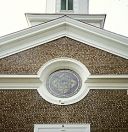
Listen to Someone Who Built a Cobblestone House (part 1)
Here's the perspective of a man who, as a child, helped his family build their home in Arcadia, Wayne County:
"Father had accumulated a large quantity of stone and lumber including one very large whitewood tree, about four feet in diameter, and thousands of feet of basswood and hemlock and had carefully piled it up with sticks between each board and built a shed over it that it might be thoroughly seasoned. On the last sleighing that spring there was a 'bee' and a large pile of sand was taken from back of the woods where Mr. Farnsworth's farm now stands, it being the first ever taken from there. It kept one or two men shoveling snow on the bare spots by thawing so fast. We got two or three loads of cobblestones from the lake for the facing of the wall. The 'cut stones' (caps and sills) came from Phelps (then Vienna)."
"The job was let to a Mr. Skinner, not including the inside work, have forgotten the price, but I think it was less than $200. They came and laid the cellar wall; then went away and did other jobs to let this harden; then returned and laid the first story; then went away again for several weeks and so on until it was finished. Meanwhile, the carpenters prepared the window and door frames, the sleepers and joists. As the walls were ready for them they did the plaining (sic) and matching the flooring (every board in the house being plained by hand) and nearly all but the floors were sandpapered."
"While they were absent father would have to draw more stones from Phelps besides doing a little farming and all the other work and business accompanying such building. He also went with two teams to Italy Hollow, south of Geneva, and got about 2,000 feet of pine lumber for about $10 per thousand, being about all of the pine used in the house."
"The first stone he drew from the lake, he took a man with the team and went to the bar off the bluff across the bay on ice. I went with him and we reached home about one o'clock in the morning. Father went about 20 times but sometimes being rainy he got only part of a load and often reached home 10 or 12 o'clock at night. Parkings the carpenter only did the work until it was enclosed, which was late in the fall. One of my jobs was to flatten the nailheads as there were no finishing nails then; also had to putty the nailheads after being driven."
Listen to Someone Who Built a Cobblestone House (part 2)
“In laying the walls after getting out of reach from the ground there were poles set about 6 or 8 feet from the wall and about as high as the walls were to be, then long poles were lashed to them with hickory witches an inch or an inch and a quarter in diameter and six to eight inches long and then scantling laid across them to the wall and planks laid on them making a scaffolding all around the house. Then a crane and tackles and rope were fastened to the northeast post (it being larger than the rest). Buckets a little larger than a molasses cask cut in two would be filled with either mortar or stones and hoisted up, using a horse, to the scaffold and their contents distributed with a wheelbarrow. When they were above reach from a scaffold the staging would be raised again. The inside work was done by Ruel Taylor and his men. They did their work evenings and were here all winter.”
“The doors were made by hand. Father went out southwest of Newark and bought a butternut tree for stair railings and all connected with them — the house was not ready for occupancy until May the next year. The frame part was not moved until fall, the crane and tackles were used in digging the well in the fall, which was in 1845.”
from Cobblestone Structures of Wayne County
by Verlyn Edward Klahn, 1955


